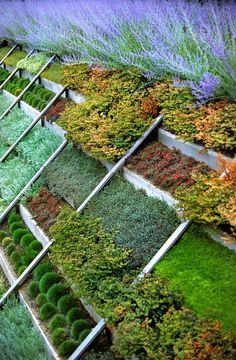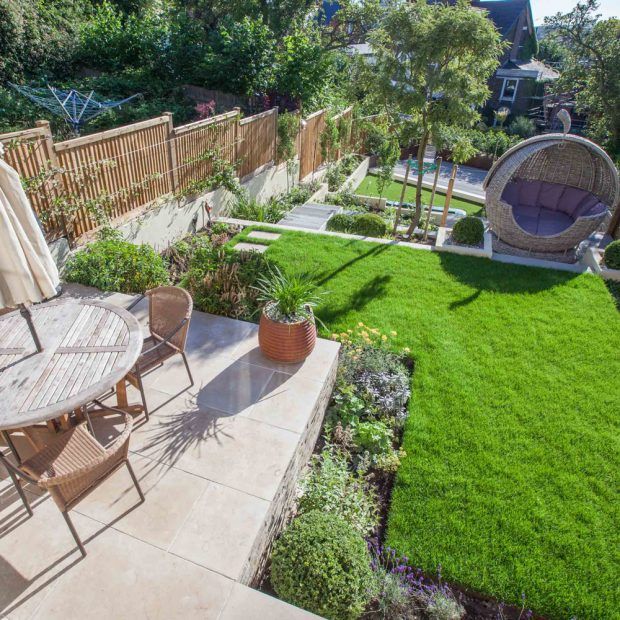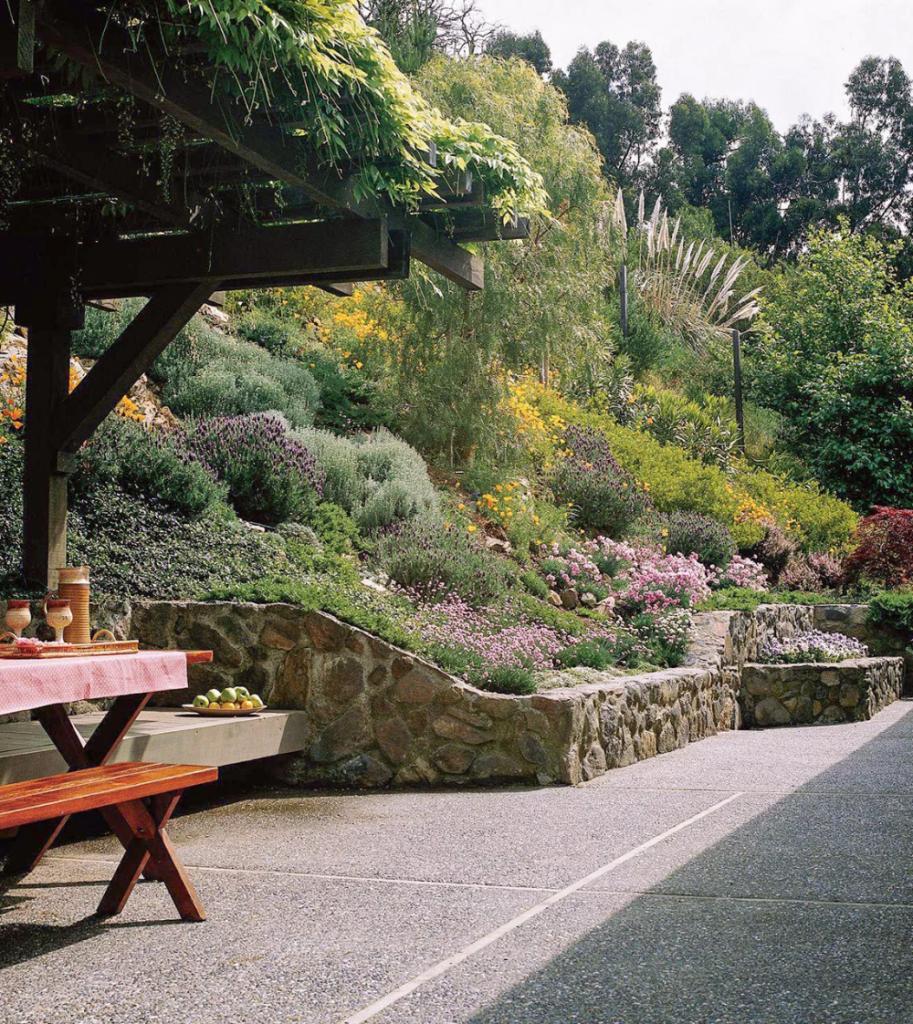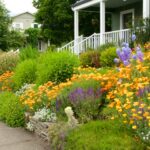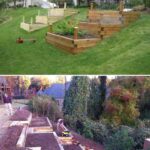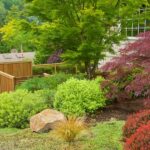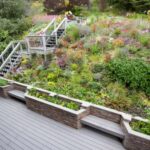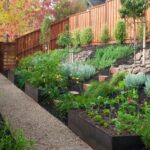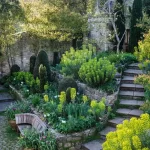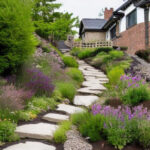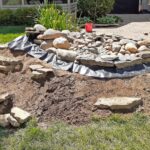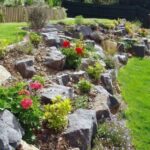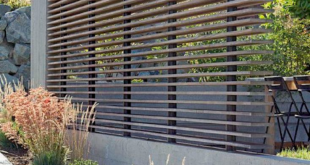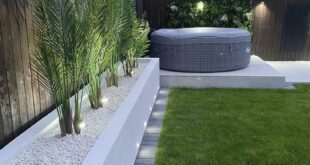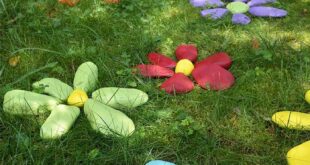Garden design on a slope can present both challenges and opportunities for homeowners looking to create a beautiful outdoor space. With the proper planning and design techniques, a sloped garden can be transformed into a stunning and functional landscape that enhances the overall appearance of the property.
One of the key considerations when designing a garden on a slope is to take into account the natural contours of the land. The gradient of the slope will have a significant impact on the layout and design of the garden, as well as the types of plants and materials that can be used. By working with the natural slope of the land, homeowners can create a garden that feels cohesive and harmonious with its surroundings.
Terracing is a common technique used in garden design on a slope, where different levels are created to provide flat surfaces for planting beds, pathways, and seating areas. Terracing not only helps to prevent erosion and soil runoff on steep slopes but also creates visual interest and definition in the garden. Retaining walls can be built to support the terraced levels and add structural integrity to the design.
Plant selection is another important aspect of designing a garden on a slope. It is essential to choose plants that are suitable for the slope’s microclimate and growing conditions, such as sun exposure, soil type, and moisture levels. Groundcover plants, such as creeping thyme and sedum, can help to stabilize the soil and prevent erosion, while shrubs and trees with deep root systems can anchor the slope and provide stability.
Incorporating hardscaping elements, such as stone pathways, steps, and retaining walls, can help to break up the slope and create defined spaces within the garden. Hardscaping can also add texture, contrast, and visual interest to the design, while providing functional elements for access and circulation. Natural materials, such as stone and wood, can complement the surrounding landscape and create a cohesive and integrated look.
Water management is another important consideration when designing a garden on a slope. Proper drainage and irrigation systems should be installed to prevent erosion, reduce runoff, and ensure that plants receive an adequate supply of water. Rain gardens, swales, and French drains can help to capture and channel water down the slope, while also creating attractive and environmentally-friendly features in the garden.
Overall, designing a garden on a slope requires careful planning, creativity, and attention to detail. By working with the natural contours of the land, selecting appropriate plants and materials, incorporating terracing and hardscaping elements, and addressing water management issues, homeowners can create a beautiful and functional outdoor space that enhances the overall aesthetics and value of their property. With the right design techniques and a little bit of creativity, a sloped garden can be transformed into a stunning and inviting landscape that can be enjoyed for years to come.
 yishifashion Where Outdoor Dreams Become Reality
yishifashion Where Outdoor Dreams Become Reality
